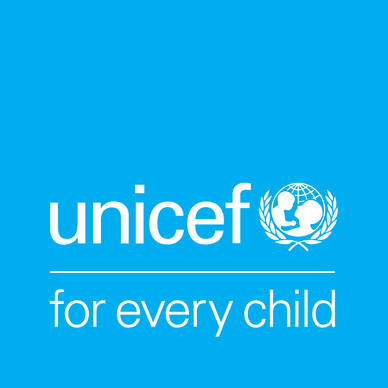Geneva – 19 Dec: “The Gaza Strip is the most dangerous place in the world to be a child. And day after day, that brutal reality is reinforced.
“Over the past 48 hours, the largest remaining fully functioning hospital was shelled, twice. That hospital – Al Nasser in Khan Yunis – not only shelters large numbers of children who had already been badly injured in attacks on their homes, but hundreds of women and children seeking safety.
“Over the weekend, UNICEF shared the story of 13-year old Dina. When her house in Khan Yunis was completely destroyed, she was injured and later her right leg was amputated. She lost both of her parents, and two brothers. But Dina hadn’t lost hope. She told us about her dreams of being a lawyer. She said, ‘I feel injustice; when I grow up, I will become a lawyer so that I can enjoy my rights and the rights of all children’.
“Dina was one of the people killed at Nasser Hospital on Sunday, the day after she shared her story of hope.
“And so where do children and their families go? They are not safe in hospitals. They are not safe in shelters. And they are certainly not safe in the so-called ‘safe’ zones.
“Let me explain why these so-called safe zones are anything but safe.
Parties to the conflict have, of course, an obligation to take all feasible precautions to protect the civilian population. In this case, one of the precautions being taken is evacuation. That is, moving to so-called ‘safe’ zones.
“As the UN said over a month ago: these zones cannot be safe nor humanitarian when unilaterally declared. In addition, under international law, the place where you evacuate people to must have sufficient resources for survival – medical facilities, food, and water.
“That is, these so-called safe zones are only safe not just when they are free from bombardment, but when these conditions – food, water, medicine, protection – are also met.
“However, under the current besieged conditions, adequate supplies for such zones, are impossible. I have seen for myself this reality.
“These zones are tiny patches of barren land, or street corners, or half-built buildings, with no water, no facilities, no shelter from the cold and the rain.
“And critically no sanitation.
“Currently in Gaza, there’s on average around one toilet for 700 children and families. Relocate families to places where there is no toilet and it’s tens of thousands of people resorting to buckets, or open defecation.
“And so without water and sanitation, nor shelter, these so-called safe zones have become zones of disease.
“Diarrhea cases in children are above 100,000. Acute respiratory illness in civilians above 150,000. Both numbers will be gross undercounts of the woeful reality.
“With malnutrition soaring among Gaza’s children, diarrheal diseases are becoming deadly.
Consider this: More than 130,000 of Gaza’s most vulnerable children (those aged 0 to 23 months) are not receiving the critical life-saving breastfeeding and age-appropriate complementary feeding practices, including micronutrient supplementation.
“With such a scenario – and without sufficient safe water, food and sanitation that only a humanitarian ceasefire can bring – child deaths due to disease could surpass those killed in bombardments.
“Parents are painfully aware that hospitals are not an option for their sick child – both because hospitals are getting hit, and because hospitals are overwhelmed with children and citizens with the ghastly wounds of war.
“As a parent of a critically sick child told me: ‘Our situation is pure misery. I am overwhelmed.
My son is very sick. I told my wife we have to lower expectations. All we have is hope.
I don’t know if we will make it through this. Please tell the world’.”
“As we speak, the delivery of aid is a matter of life or death for children in Gaza and the conditions to provide that aid are not being met. An immediate and long-lasting humanitarian ceasefire is the only way to end the killing and injuring of children, and child deaths from disease, and enable the urgent delivery of desperately needed lifesaving aid.”
For further information, please contact Ranjit Kang, Media and Communications Manager on 0207 375 6030 or [email protected]
About UNICEF
UNICEF works in some of the world’s toughest places, to reach the world’s most disadvantaged children. Across more than 190 countries and territories, we work for every child, everywhere, to build a better world for everyone.
The UK Committee for UNICEF (UNICEF UK) raises funds for UNICEF’s emergency and development work for children. We also promote and protect children’s rights in the UK and internationally. We are a UK charity, entirely funded by supporters.
United Kingdom Committee for UNICEF (UNICEF UK), Registered Charity No. 1072612 (England & Wales), SC043677 (Scotland).
For more information visit unicef.org.uk. Follow UNICEF UK on Twitter, LinkedIn, Facebook and YouTube


